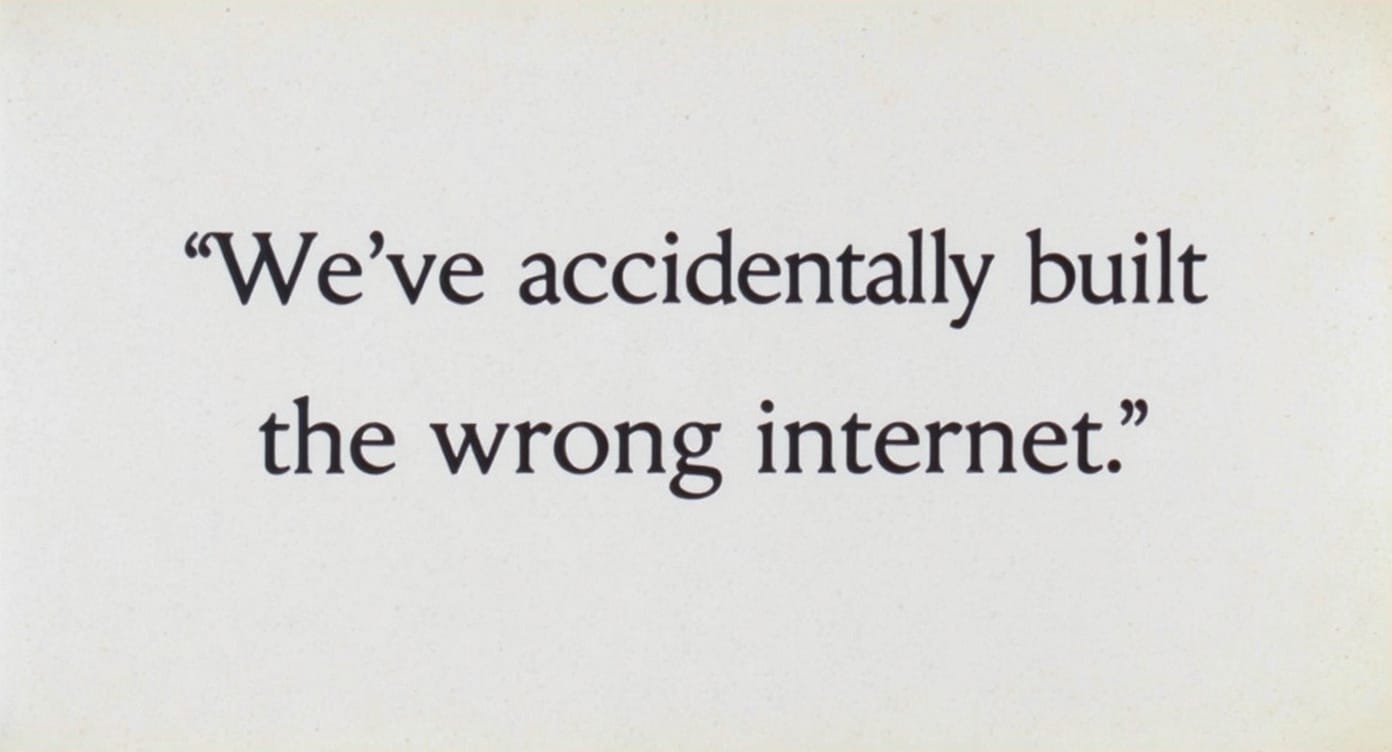
"Imagine a simple tool for the internet, built from scratch for today's world. One app. One thing you own. It proves who you are and lets you pay for things all in one place. Something only you control. No middlemen. No passwords. No credit cards. When a website wants to know it's really you, you don't type anything. You just tap "Yes", like unlocking your phone with your face."
"Okay, instead of giving users a tool they control, we'll make them rely on a centralized third-party account: an email address, hosted by some company somewhere. Those companies could read your messages, shut you out anytime, and track where you go online. That email will be your username for everything because it's easy to remember and people get to choose how their email looks."
One simple, user-owned app can serve as both identity proof and a payment instrument, replacing passwords, credit cards, and centralized intermediaries. Authentication becomes a local, biometric-confirmed tap that proves identity without revealing personal data or storing credentials on servers. Payments become one-tap, cash-like transfers with no forms, no card numbers, and no companies retaining payment details. The design prioritizes individual control, privacy, and wide interoperability across websites. The legacy email-and-password model centralized identity, allowed providers to read messages, lock accounts, and track activity. Dependence on weak, reused passwords led to password managers and persistent security weaknesses.
Read at Karim Jedda
Unable to calculate read time
Collection
[
|
...
]